Low-Noise Road Surfacing: Building Quieter, Safer Roads in the UK
Traffic noise is one of the biggest issues facing urban and residential communities today. The constant hum of tyres on tarmac doesn’t just affect comfort — it impacts health, property values, and overall quality of life. Fortunately, there’s a proven solution: low-noise road surfacing.
Modern surfacing technologies now make it possible to reduce noise levels dramatically while improving surface durability and safety. In this guide, we’ll explore how low-noise road surfacing works, its key benefits, and why it’s becoming essential for UK infrastructure projects.
What Is Low-Noise Road Surfacing?
Low-noise road surfacing is designed to reduce the sound generated by vehicles travelling over asphalt or tarmac. This is achieved using specially engineered materials and techniques such as:
- Fine-textured asphalt and aggregates to create a smoother tyre-to-surface contact.
- Rubber-modified tarmac that absorbs vibration and dampens road noise.
- Porous surfaces that allow water to drain efficiently, reducing the “hissing” noise caused by wet tyres.
- Precision compaction and laying to eliminate surface irregularities that contribute to excess sound.
When applied correctly, these materials can reduce traffic noise by several decibels — a significant improvement for both drivers and nearby residents.
Why It Matters
1. Improved Living Conditions
In residential areas, schools, and hospitals, constant road noise can lead to fatigue and stress. Low-noise road surfacing helps create a calmer, more comfortable environment without the need for costly sound barriers.
2. Enhanced Safety and Comfort
Smooth, even surfaces mean better tyre grip and reduced vibration, resulting in safer and more enjoyable driving conditions.
3. Long-Term Cost Efficiency
Because low-noise surfaces are built with premium materials and expert compaction, they typically require fewer repairs over their lifespan — saving money and reducing disruption from maintenance works.
4. Environmental Benefits
Reduced noise means fewer disturbances to wildlife and local habitats. Many low-noise asphalt types are also produced with recycled materials, supporting sustainability goals.
Materials and Methods Used
Different materials can be used depending on the road’s purpose and environment:
- Rubberised asphalt incorporates recycled tyres to improve elasticity and sound absorption.
- Open-graded asphalt uses smaller gaps between stones to limit air compression and noise.
- Porous asphalt doubles as a noise-reduction and drainage solution, ideal for wetter climates.
- Fine-grained surface courses deliver smoother finishes and reduce tyre friction noise.
For best results, these must be applied with precision and supported by a stable, well-prepared base — something experienced surfacing teams handle daily.
Where Low-Noise Surfacing Works Best
- Residential roads and housing estates
- Business parks and commercial estates
- Near schools, hospitals, and public buildings
- Urban routes with heavy daily traffic
If you’re planning a project in Hertfordshire, Essex, London, or surrounding areas, it’s worth consulting a local surfacing specialist familiar with the environment and noise-control standards. Learn more about the areas we cover to see if your project location qualifies for our expert road surfacing services.
Partnering with the Right Surfacing Contractor
Choosing a contractor who understands both the material science and installation process is key to achieving a genuine noise-reducing result. At Total Surfacing Solutions, we deliver precision-engineered results using high-quality tarmac installation and road surfacing services tailored to each project.
Our team ensures optimal compaction, consistent texture, and professional finishing — guaranteeing that your surface not only performs well but also lasts for years with minimal maintenance.
How It Fits with Other Surfacing Options
Low-noise surfacing can be complemented by other materials in a complete surfacing plan. For example, resin-bound surfacing offers an attractive, durable, and slip-resistant finish for footpaths, cycleways, and courtyards — providing the same level of smoothness and safety in pedestrian areas as low-noise tarmac does for roads.
This combination helps create cohesive, multi-use environments that are visually appealing, long-lasting, and community-friendly.
Planning a Low-Noise Surfacing Project
Before installation, a few critical steps ensure success:
- Surface Assessment: Check for drainage, cracks, and underlying stability.
- Material Selection: Choose the appropriate mix depending on noise-reduction requirements and traffic levels.
- Ground Preparation: A strong, compacted sub-base is essential for long-term performance.
- Finishing and Compaction: Proper rolling ensures a uniform, even surface texture.
- Aftercare: Periodic cleaning and crack sealing extend the lifespan and maintain acoustic benefits.
Investing in a Quieter Future
With increased attention on sustainability, comfort, and community wellbeing, low-noise surfacing is quickly becoming the standard for modern infrastructure. It’s a simple way to improve quality of life while delivering roads that perform better, last longer, and look great.
For expert advice and professional installation, contact Total Surfacing Solutions today. We specialise in tarmac installation and road surfacing services across the areas we cover — including advanced solutions like resin-bound surfacing for residential, commercial, and public projects.



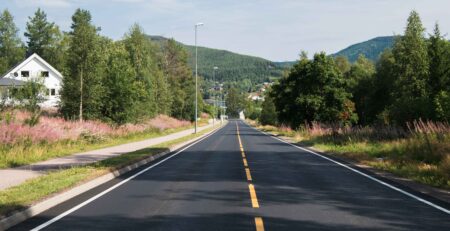
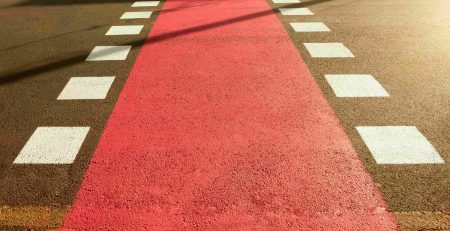
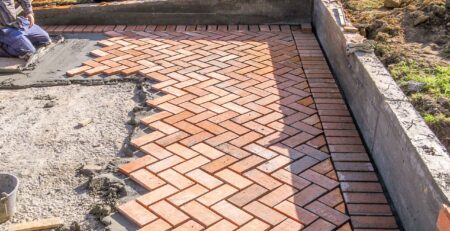
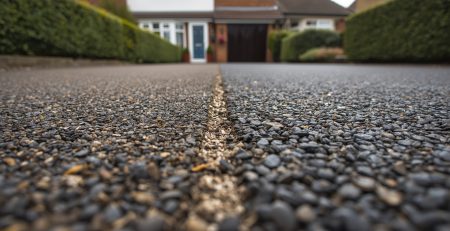
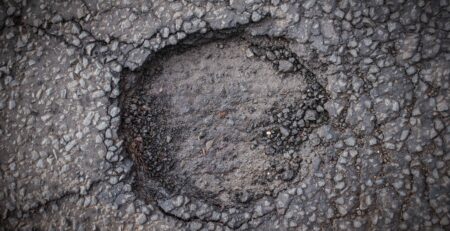


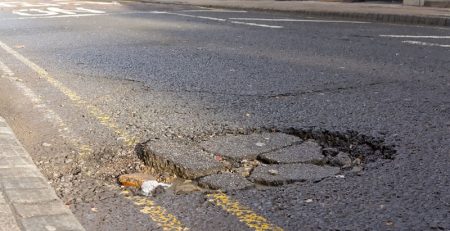

Leave a Reply